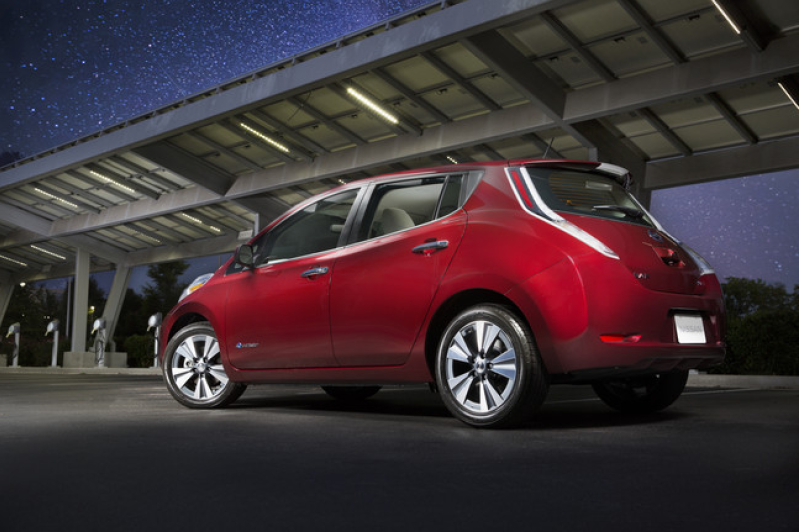
The idea of a self-driving car is certainly one that captures the imagination, however, not too many people are keen on the idea at the moment as there is still plenty of work that needs to be done in making sure that this is a failsafe method of getting around. Japanese auto manufacturer Nissan is certainly pushing the envelope when it comes to driving technologies, from its all-electric Leaf to now, testing out the self-driving Nissan car on the streets of London.
The tests of this self-driving car happened close to the ExCel exhibition centre. This marks the very first time that such tests of Nissan’s self-driving vehicle has taken place in Europe, and it remains to be seen whether there will be other European countries that will take up the mantle or not. You will not be able to find anything in the form of futuristic self-driving cars that are depicted in the movies or like K.I.T.T., the self-aware black hot rod in Knight Rider. Well, Nissan hopes to take the first step towards such a future by equipping their self-driving vehicle with dozens of cameras and radars to work in tandem. Of course, such a vehicle would not travel on its own, and there had to be someone following it.
Maarten Sierhuis, director of its research centre in Silicon Valley, was wise in sharing, “You don’t want to go to the most difficult parts of London when you start. The system has to be tested.” That makes plenty of sense -- scaling up the difficulty of the traffic conditions as time progresses and improvements are made to the system. So far, Britain has been working hard to host developers of self-driving vehicles as they see great potential in this particular industry -- one which has been estimated to grow to be worth a whopping 900 billion pounds (or more than $1.1 trillion after conversion) around the world by the time 2025 rolls around.
Apart from that, the UK saw a change in laws that enables a single insurance policy to cover motorists who drive conventional vehicles as well as being in an autonomous vehicle. This move is one small gesture in order to have the proper regulations in place so that the whole industry will be ready for self-driving cars by the time it is 2020.
Being in a self-driving car does not mean that you have no control over it -- no sir. There is still the option to switch over to manual driving when the need arises, all with a touch of a button. There will be a screen which is able to identify the nearest vehicles to the car, depicted in shades of red and green. It will be interesting to see how Nissan’s efforts will square up against the like of Google and Tesla. The other two companies have already conducted self-driving tests in the US and other places, while British institution Jaguar Land Rover intends to test out its autonomous rides in Britain by 2020.
Will other major cities in Europe follow? Perhaps, but a lot of that also depends on the local regulations and country’s restrictions.







